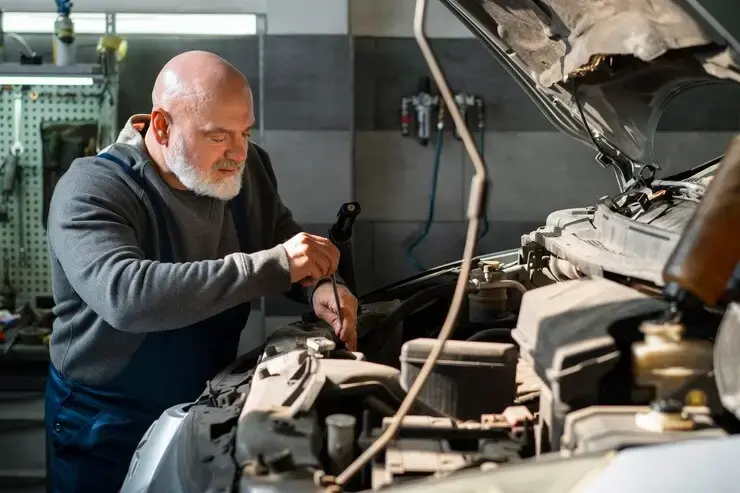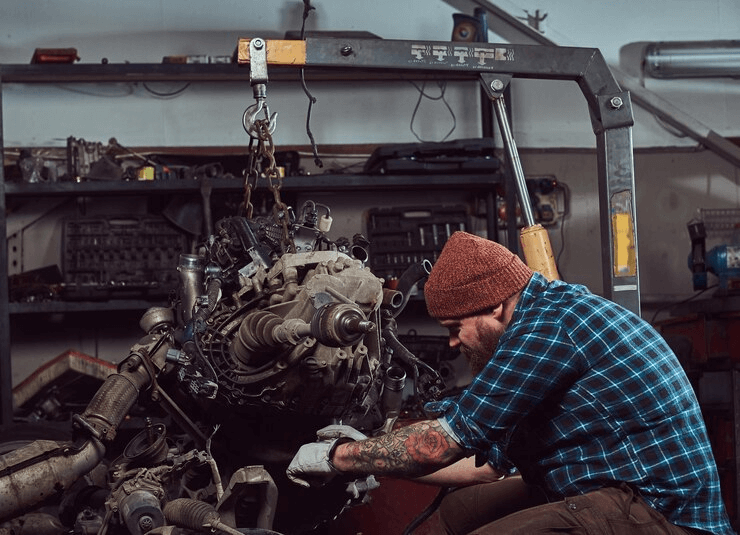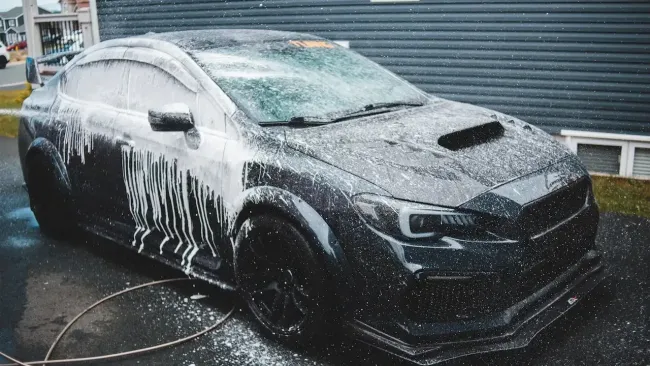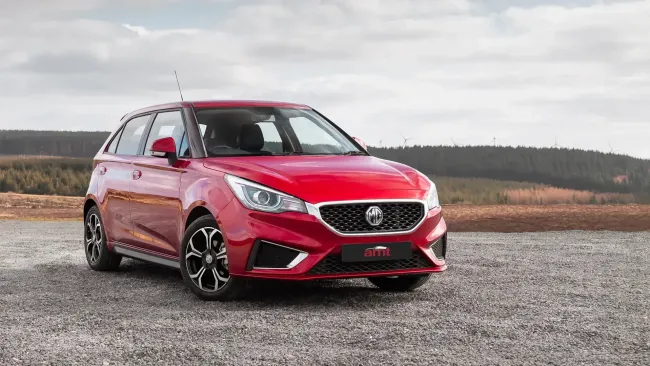
Models from 1990 to 1998 are particularly popular, offering a mix of nostalgia, practicality, and charm. Whether you're a seasoned restorer or new to the Kei truck scene, here are some tips to help you on your restoration and customization journey.
Start with a Solid Foundation
Before diving into customization, ensure the truck you’re working on is in good structural condition. Check for rust, especially in the frame, bed, and undercarriage. Given the age of these vehicles, rust can be a common issue, particularly if the truck was used in a coastal area or for heavy-duty work. If rust is present, address it promptly. Sandblasting and rust-proofing treatments are effective ways to restore the integrity of the metal.

2. Research and Source Quality Parts
One of the biggest challenges in restoring Kei trucks is finding parts. Because these vehicles were never officially sold in many countries, parts may be harder to come by. Start by researching reliable sources for Kei truck parts online, focusing on suppliers who specialize in Japanese mini trucks. Authentic parts, while sometimes more expensive, ensure better compatibility and durability. However, aftermarket parts can also be an excellent option, especially for customization.
3. Engine Upgrades and Maintenance
The original engines in Kei trucks are typically small, with most models featuring 660cc engines designed for efficiency rather than speed. However, many enthusiasts opt for engine upgrades to improve performance. Turbocharging is a popular modification, providing a significant boost in power without requiring extensive changes to the vehicle’s structure. Regular maintenance, including oil changes, spark plug replacements, and timing belt checks, is crucial to keep these small engines running smoothly.

4. Interior Customization
The interiors of Kei trucks are typically sparse and utilitarian, making them a blank canvas for customization. Consider upgrading the seats for better comfort, particularly if you plan to use the truck for daily driving. Custom upholstery, modern sound systems, and improved cabin insulation can transform the driving experience. Additionally, adding modern conveniences like power windows, air conditioning, and upgraded lighting can bring the interior up to contemporary standards without compromising the vehicle’s vintage charm.
5. Exterior Modifications
Exterior customization is where many Kei truck enthusiasts get creative. Lift kits are popular, especially for those who want to give their truck a more rugged, off-road look. Custom paint jobs, vinyl wraps, and decals can make your Kei truck stand out. Additionally, consider adding accessories like bull bars, roof racks, and custom wheels to enhance both the aesthetics and functionality of your truck. Remember to balance your modifications with practicality, ensuring that your truck remains road-legal and functional for your intended use.
6. Suspension and Handling
Given their small size and lightweight, Kei trucks can benefit greatly from suspension upgrades. Upgraded shocks and springs can improve ride quality, particularly if you plan to drive your truck off-road or carry heavy loads. Additionally, improving the handling with better tires and wheels can make a noticeable difference in driving performance, making your Kei truck more enjoyable to drive on a daily basis.
7. Safety Upgrades
While Kei trucks are beloved for their simplicity, they lack many of the safety features found in modern vehicles. Consider adding safety upgrades such as modern seat belts, upgraded brakes, and additional lighting. LED headlights, for example, not only improve visibility but also give your truck a more modern appearance. For those planning to use their Kei truck for regular driving, these upgrades are essential for ensuring safety on the road.

8. Stay True to the Kei Truck Spirit
While customization allows for personal expression, it's important to stay true to the Kei truck’s original spirit. These vehicles are celebrated for their simplicity, efficiency, and quirky charm. Avoid over-customizing to the point where the truck loses its unique character. Instead, focus on enhancements that improve functionality and comfort while preserving the essence of the Kei truck.
Conclusion
Restoring and customizing a 1990-1998 Kei truck is a rewarding experience for enthusiasts. With careful planning, finding the right parts for Kei trucks, attention to detail, and respect for the vehicle’s heritage, you can transform these humble workhorses into personalized pieces of automotive art. Whether you’re aiming for a showroom-worthy restoration or a unique, customized ride, these tips will help you get the most out of your Kei truck project.





